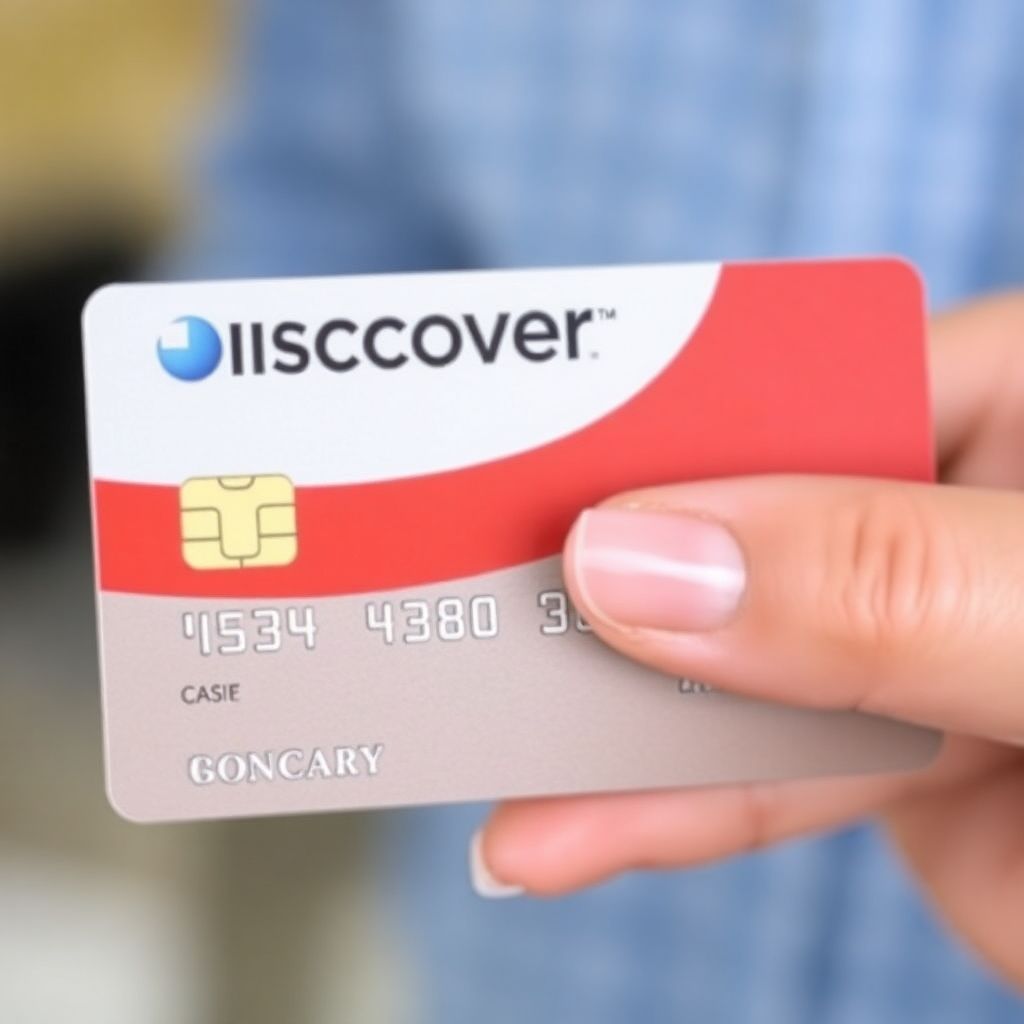Introduction
An understanding of rates of interest for credit cards is very essential when it comes to making sound financial decisions. Most people overlook it only to find that this rate adds onto their cost of borrowing, and that can accelerate one’s debts way faster than expected. Knowledge of interest rates saves room for any surprises and the chance to save money on their expenses. This article will elaborate on discovery credit card interest rates and give an insight into how they are determined, plus ways to minimize interest costs.
What Is a Credit Card Interest Rate?
Definitions and Basic Concepts
A credit card interest rate is simply the percentage charged on borrowed money by the lender. Oftentimes it is referred to as the Annual Percentage Rate (APR). The APR signifies the yearly cost of borrowing. Some cards might have a fixed rate, which means that they do not change over time, while others have variable rates that might change with market conditions. This information proves crucial in making decisions.
How Interest Is Calculated
Interest is calculated daily on your credit card. Known as the daily periodic rate, interest starts building and then is computed by taking the average daily balance multiplied by the daily rate. Interest then accumulates over the billing period and is reflected in the statement. Under normal circumstances, the actual amount of interest will not be specified until your monthly bill comes.
Why Interest Rates Vary
Interest rates do not apply uniformly to all credit cardholders. Several different factors contribute to the interest rate offered to you. Your credit report, type of card, or policies of the card issuer are just some relevant factors. At times, rates could adjust accordingly to some economic condition. A person with good credit is more likely to receive a lower interest rate than the one with less than good credit, thereby rendering savings on his part.
How to Know the Interest Rate on Your Credit Card?
Reading Your Credit Card Contract
Your interest rate will be stated in your credit card contract. It likely will be entitled “APR”. You should have access to checking such documents through your online account or paper statement. Therefore, it is easier for you to assess how much you are paying towards interest and when your interest rate changes.
Reviewing Your Monthly Statement
Your monthly statement contains the interest charged during the month. It lists each charge separately for purchases, cash advances, or balance transfers. Compare all charged interest rates with what is specified in your agreement. If they are different, it is worth calling your issuer to find out why.
Using Online Support and Apps
These digital means can help you check any current interest rate as one sees fit. Many banks allow you to check for current rates from these platforms. Thus you will be able to track and know the changes over time without having to wait for the bill.
When And Why Could There Be A Change In Your Interest Rate?
In the event of a skipped payment or a decline in scores, your interest rate would change. Also, changes in the market or new policies put into effect might cause interest rates to fluctuate. The issuer must send you written notice before any change takes effect. Always read these notices!
Factors Influencing Credit Card Interest Rates
Bigger Possible Factors: Credit Score and Creditworthiness
Creditworthiness is a much bigger determinant. A higher score gives you lower interest rates. Lenders are less risk-averse when it comes to good credit. In adverse cases, a very poor credit score would bring in higher charges; improving the score might actually lower the interest rates.
Types of Credit Card and Card Issuer
Premium cards with added benefits tend to have higher rates. Retail or store credit cards usually charge more than bank-issued cards. The issuer’s policies also matter. Some banks offer special rates to loyal or responsible customers.
Market Conditions and Federal Reserve Policies
Interest rates are grown from the ground due to some economic factors. For instance, whenever the Federal Reserve increases rates, usually the credit card rates are increased too. On the contrary, when the economy is going slow, the lenders could lower their rates in order to invite more customers. Keeping an eye on trends can prove beneficial in anticipating the forthcoming changes.
Customer Behavior and Account Standing
How you manage your account impacts your rate. Paying on time and keeping low balances shows responsible use. Great no-fault habits redefine you for the lower credits over time. If you miss payments or have high balances, it generally results in higher charges.
How to Lower the Price of Credit Card Interest Rates
Paying off your accounts in full
The best way to avoid interest is to pay your bill in full each month. If you pay off your balance before the due date, you won’t have any interest charges. Doing this is pretty much about budgeting and keeping track of your own spending.
Balance transfers to lower-interest cards
Balance transfers can give you an interest-rate breather. Look for introductory offers of low or zero interest. Pay attention to any transfer fees, and know when the promotional rate expires.
Negotiating for Lower Rates
Don’t hesitate to ask the card issuer for a lower rate. If you’re a good borrower and demonstrate that you’ve been following a pattern of paying bills regularly, you’re in a better position. Call customer service then explain just why you deserve the lower rate.
Take Advantage of Introductory and Promotional Rates
Many cards offer teaser rates for new customers. Use these rates to pay down debt at lower expense. Just keep in mind that these teaser rates only last for a limited period. You need to plan for paying off your balance before the promotional period expires.
Keep a Close Eye and Maintain a Healthy Credit Score
A healthy credit score can guarantee you lower interest rates. Mistakes on your credit report can cost you greatly; make sure you report these, as well as work toward having all your bills paid on time. Good credit means lower costs and more options available to you financially.
Expert Insights About Data on Credit Card Interest Rates
According to the latest industry reports, interest rates in the credit card arena average around 20-24%. Experts indicate that if you can use your credits wisely, you would, in a way, reduce the cost on your cards. For example, if you could clear your balance before the closure of a billing cycle, you might save hundreds in one year.
This shall be the concluding chapter for knowing your credit card interest; if not, you are wasting your money. Checking your agreements, statements, and online tools keeps you in charge of your price. Pay off balances in full; transfer balances to low-interest cards and work on your credit. Being proactive will always keep the burden of high-interest charges low. Keep learning and managing credit for your peace of mind.

